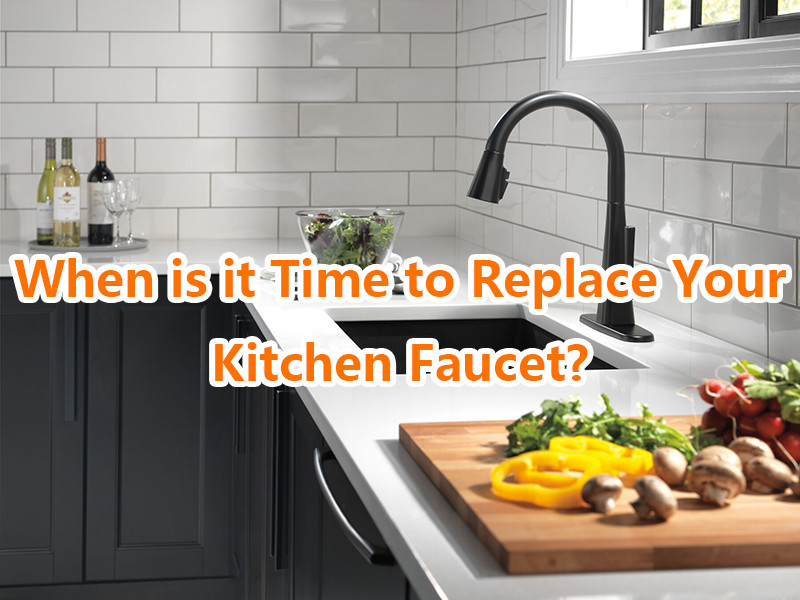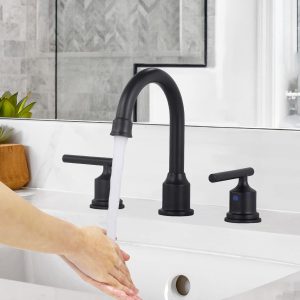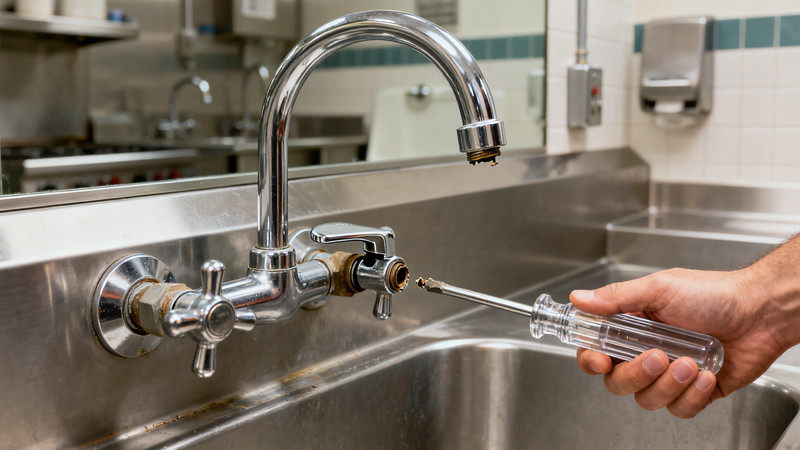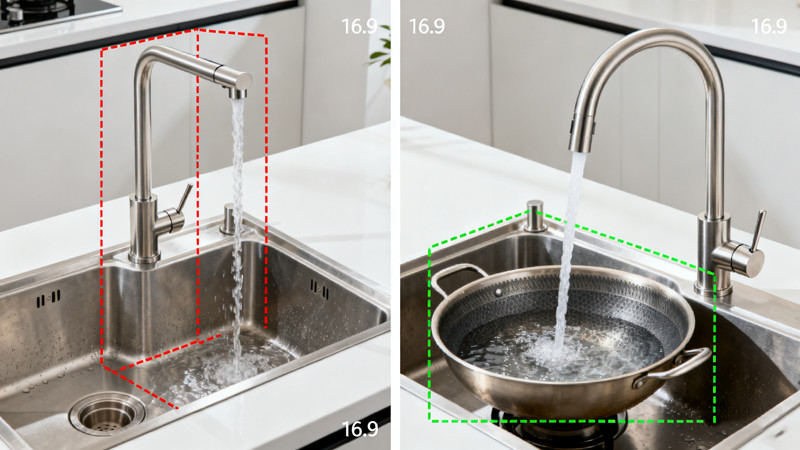
Your kitchen faucet is a workhorse, enduring countless cycles of washing dishes, filling pots, and providing drinking water. Over time, though, even the most durable faucets begin to show signs of wear and tear. Knowing when to replace your kitchen faucet can prevent potential plumbing disasters and enhance the functionality and aesthetics of your kitchen. When is it time to replace your kitchen faucet? Here are some key indicators that it might be time to consider a replacement:
When is it Time to Replace Your Kitchen Faucet
1. Constant Leaks and Drips
A faucet that leaks or drips incessantly is not just annoying; it can also waste significant amounts of water and money over time. While some leaks can be fixed with simple repairs like replacing a worn-out washer or tightening connections, persistent leaks often signal deeper internal issues. If you find yourself constantly tightening knobs or dealing with water pooling around the base of your faucet, it’s probably time to replace it.
2. Visible Corrosion or Rust
Corrosion and rust are not only unsightly but can also compromise the integrity of your faucet. These issues are often indicators of underlying problems like worn-out seals or deteriorating materials. If you notice reddish-brown stains on your faucet or visible rust on the exterior, it’s likely that the internal components are also affected. Replacing the faucet before these issues escalate can prevent more significant damage to your plumbing system.
3. Decreased Water Pressure
A sudden decrease in water pressure can be frustrating, especially when it affects your ability to efficiently clean dishes or fill pots. While low water pressure can sometimes be attributed to sediment buildup in the aerator, it can also indicate internal issues within the faucet itself, such as mineral deposits or worn-out components. If cleaning the aerator doesn’t resolve the issue, replacing the faucet might be necessary to restore proper water flow.
4. Difficulty Operating Handles or Spray Wand
Over time, the handles or spray wand of your kitchen faucet may become stiff or difficult to maneuver. This can make adjusting water temperature and flow challenging and may indicate wear in the internal cartridge or valve mechanisms. If you find yourself struggling to operate your faucet smoothly or if the handles are loose and wobbly, it may be time to install a new faucet that offers easier operation and improved functionality.
5. Outdated Design or Style

Kitchen design trends evolve over time, and what was once considered stylish may now appear outdated. If your faucet’s design no longer complements the aesthetic of your kitchen or if you’re planning a kitchen remodel, replacing the faucet can be a simple way to update the look of your space. Modern faucets come in a variety of styles and finishes, allowing you to choose one that not only enhances your kitchen’s appearance but also meets your functional needs.
6. Persistent Odors or Taste in Water
Unpleasant odors or tastes in your tap water can indicate contamination within your faucet or plumbing system. While this issue can sometimes be resolved by cleaning or flushing the faucet and pipes, persistent problems may require replacing the faucet to eliminate the source of contamination. Choosing a new faucet with advanced filtration or purification features can help ensure clean, great-tasting water for cooking and drinking.
7. Frequent Repairs
If you find yourself repeatedly calling a plumber or making DIY repairs to address issues with your faucet, it may be more cost-effective in the long run to invest in a new faucet. Constant repairs can indicate that your current faucet has reached the end of its lifespan and that replacing it with a higher-quality, more durable model will save you time, money, and frustration in the future.
8. Age of the Faucet
Even with proper maintenance, most kitchen faucets have a limited lifespan due to the wear and tear of daily use. If your faucet is approaching or has exceeded its expected lifespan (typically around 10-15 years for standard faucets), replacing it before major problems arise can prevent unexpected failures and water damage. Upgrading to a newer model with improved features and efficiency can also provide added value and convenience.
Conclusion
Knowing when to replace your kitchen faucet can help you avoid the inconvenience of sudden failures and ensure that your kitchen remains functional and aesthetically pleasing. By recognizing the signs of wear and addressing them proactively, you can enjoy reliable water flow, improved water quality, and enhanced kitchen design. Whether you’re dealing with leaks, reduced water pressure, or an outdated appearance, replacing your faucet at the right time can make a significant difference in your daily kitchen experience.
When considering a replacement, take into account your kitchen’s design, your household’s water usage patterns, and the features that matter most to you. Investing in a high-quality faucet from a reputable manufacturer will not only enhance the functionality and style of your kitchen but also provide peace of mind knowing that you’ve made a durable and reliable choice for years to come.
 WOWOW Faucets
WOWOW Faucets




